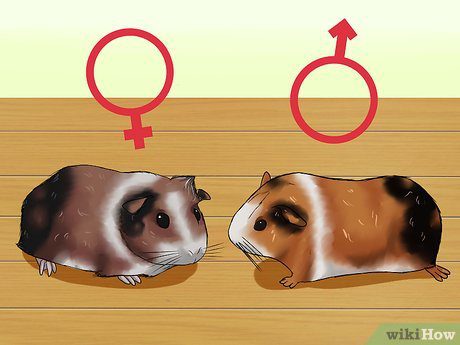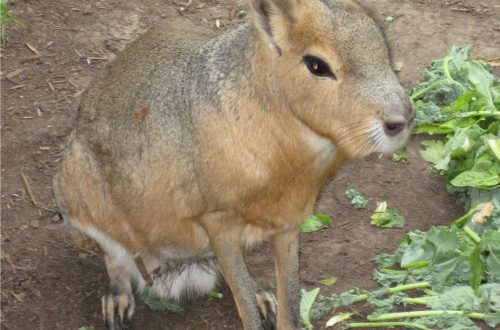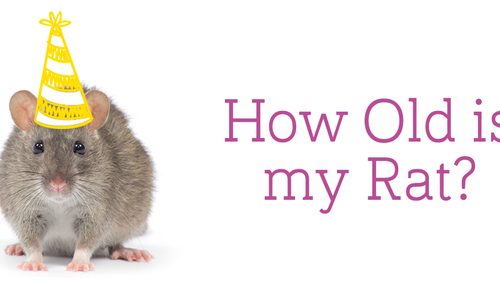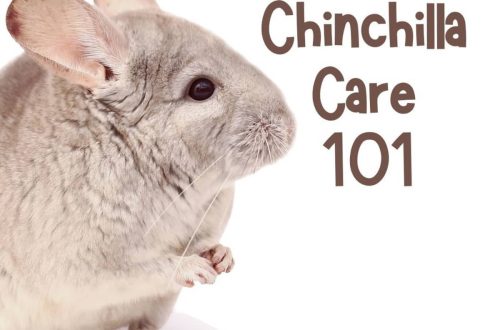
Signs of pregnancy in guinea pigs
After the gilt has been successfully covered, her behavior will remain the same for some time. The first sign of pregnancy may be the absence of the next estrus about 16 days after mating, but an experienced pig breeder will not be able to notice the enlarged tummy and feel the fetuses until the third week of pregnancy.
You can determine pregnancy at such an early date as follows: put the pig with its front paws on the table, grab the pig from behind with your hands on both sides of the abdomen. In this case, the thumbs should be on the back, and the other four – under the stomach. Gently press your fingers on your tummy. Stop pressure if internal organs begin to be felt or if the mumps begins to resist. You will be able to continue the examination after a short break. After a while, you will learn to distinguish between the internal organs of the pig: kidneys (just under the ribs, usually only the left kidney is felt), intestines (you can feel the balls of droppings lying like a string of beads :)) and embryos. Carefully examine the abdomen along its entire length from the ribs to the pelvic region. With a little practice, you will be able to recognize embryos at the earliest stages of pregnancy, starting from 3 weeks, when they are no larger than a small coin. To the touch, they resemble balls of water lying in a row on each side of the abdomen. Be careful and try not to put too much pressure on your stomach!
At the fourth week of pregnancy, the fetuses are clearly distinguishable and separated from each other, and you can try to guess the number of fetuses. However, in most cases it is easy to make a mistake. If you can’t feel the fruit, alternatively try weighing your gilt regularly (say, once a week). Although in the first two weeks the weight remains almost unchanged, starting from the fourth week it increases rapidly depending on the number of fruits. The mumps will gain weight throughout the pregnancy. Any weight loss at this stage is a sign of a disease caused, for example, by toxicosis or death of the fetuses.
Starting from the fifth week, the mumps will get fatter every day more and more. You can remove a male, but most females prefer to be in company and do best when kept with other gilts (regardless of gender).
In the seventh week after conception, the movements of the fetuses can be recognized, every day more and more clearly. By the end of pregnancy, you will probably be able to notice the movement of the little paws and hear or feel how the little pigs are chewing. The pig during this period can become incredibly large if it bears a large offspring. The weight of the fruit can reach 50% of the weight of the female! Now it is absolutely necessary to transplant males if postpartum fertilization is undesirable. Females will be grateful to you for the opportunity to be alone with them.
After about 9 weeks of pregnancy, the birth canal begins to open. This can be seen in the pelvic region: the syphysis, where the two parts of the pelvis meet, begins to expand. This opening occurs 24-48 hours before delivery and is 1-2 fingers wide. To feel your pelvic area expand, place your finger directly in front of your vagina. If you’re not sure, try comparing your gilt with other females.
At the end of pregnancy, the mumps will become very limited in movement, and she will be extremely reluctant to move, but she must have a good appetite, otherwise the possibility of developing toxicosis is not ruled out.
The gestation period for guinea pigs is approximately 10 weeks, or 67-72 days. Childbirth occurs earlier if the pregnancy is multiple. Sometimes in the literature you can find a period of 52 days, but in our opinion, piglets born earlier than 65 days are underdeveloped and have little chance of survival.
This long gestation period is common in rodents and is explained by the fact that newborn piglets must be fully developed and able to escape from enemies, since pigs, unlike rats and mice, do not build underground burrows where cubs could hide until they grow up and fully will not form.
© Mette Lybek Ruelokke
© Translation by Elena Lyubimtseva
After the gilt has been successfully covered, her behavior will remain the same for some time. The first sign of pregnancy may be the absence of the next estrus about 16 days after mating, but an experienced pig breeder will not be able to notice the enlarged tummy and feel the fetuses until the third week of pregnancy.
You can determine pregnancy at such an early date as follows: put the pig with its front paws on the table, grab the pig from behind with your hands on both sides of the abdomen. In this case, the thumbs should be on the back, and the other four – under the stomach. Gently press your fingers on your tummy. Stop pressure if internal organs begin to be felt or if the mumps begins to resist. You will be able to continue the examination after a short break. After a while, you will learn to distinguish between the internal organs of the pig: kidneys (just under the ribs, usually only the left kidney is felt), intestines (you can feel the balls of droppings lying like a string of beads :)) and embryos. Carefully examine the abdomen along its entire length from the ribs to the pelvic region. With a little practice, you will be able to recognize embryos at the earliest stages of pregnancy, starting from 3 weeks, when they are no larger than a small coin. To the touch, they resemble balls of water lying in a row on each side of the abdomen. Be careful and try not to put too much pressure on your stomach!
At the fourth week of pregnancy, the fetuses are clearly distinguishable and separated from each other, and you can try to guess the number of fetuses. However, in most cases it is easy to make a mistake. If you can’t feel the fruit, alternatively try weighing your gilt regularly (say, once a week). Although in the first two weeks the weight remains almost unchanged, starting from the fourth week it increases rapidly depending on the number of fruits. The mumps will gain weight throughout the pregnancy. Any weight loss at this stage is a sign of a disease caused, for example, by toxicosis or death of the fetuses.
Starting from the fifth week, the mumps will get fatter every day more and more. You can remove a male, but most females prefer to be in company and do best when kept with other gilts (regardless of gender).
In the seventh week after conception, the movements of the fetuses can be recognized, every day more and more clearly. By the end of pregnancy, you will probably be able to notice the movement of the little paws and hear or feel how the little pigs are chewing. The pig during this period can become incredibly large if it bears a large offspring. The weight of the fruit can reach 50% of the weight of the female! Now it is absolutely necessary to transplant males if postpartum fertilization is undesirable. Females will be grateful to you for the opportunity to be alone with them.
After about 9 weeks of pregnancy, the birth canal begins to open. This can be seen in the pelvic region: the syphysis, where the two parts of the pelvis meet, begins to expand. This opening occurs 24-48 hours before delivery and is 1-2 fingers wide. To feel your pelvic area expand, place your finger directly in front of your vagina. If you’re not sure, try comparing your gilt with other females.
At the end of pregnancy, the mumps will become very limited in movement, and she will be extremely reluctant to move, but she must have a good appetite, otherwise the possibility of developing toxicosis is not ruled out.
The gestation period for guinea pigs is approximately 10 weeks, or 67-72 days. Childbirth occurs earlier if the pregnancy is multiple. Sometimes in the literature you can find a period of 52 days, but in our opinion, piglets born earlier than 65 days are underdeveloped and have little chance of survival.
This long gestation period is common in rodents and is explained by the fact that newborn piglets must be fully developed and able to escape from enemies, since pigs, unlike rats and mice, do not build underground burrows where cubs could hide until they grow up and fully will not form.
© Mette Lybek Ruelokke
© Translation by Elena Lyubimtseva





